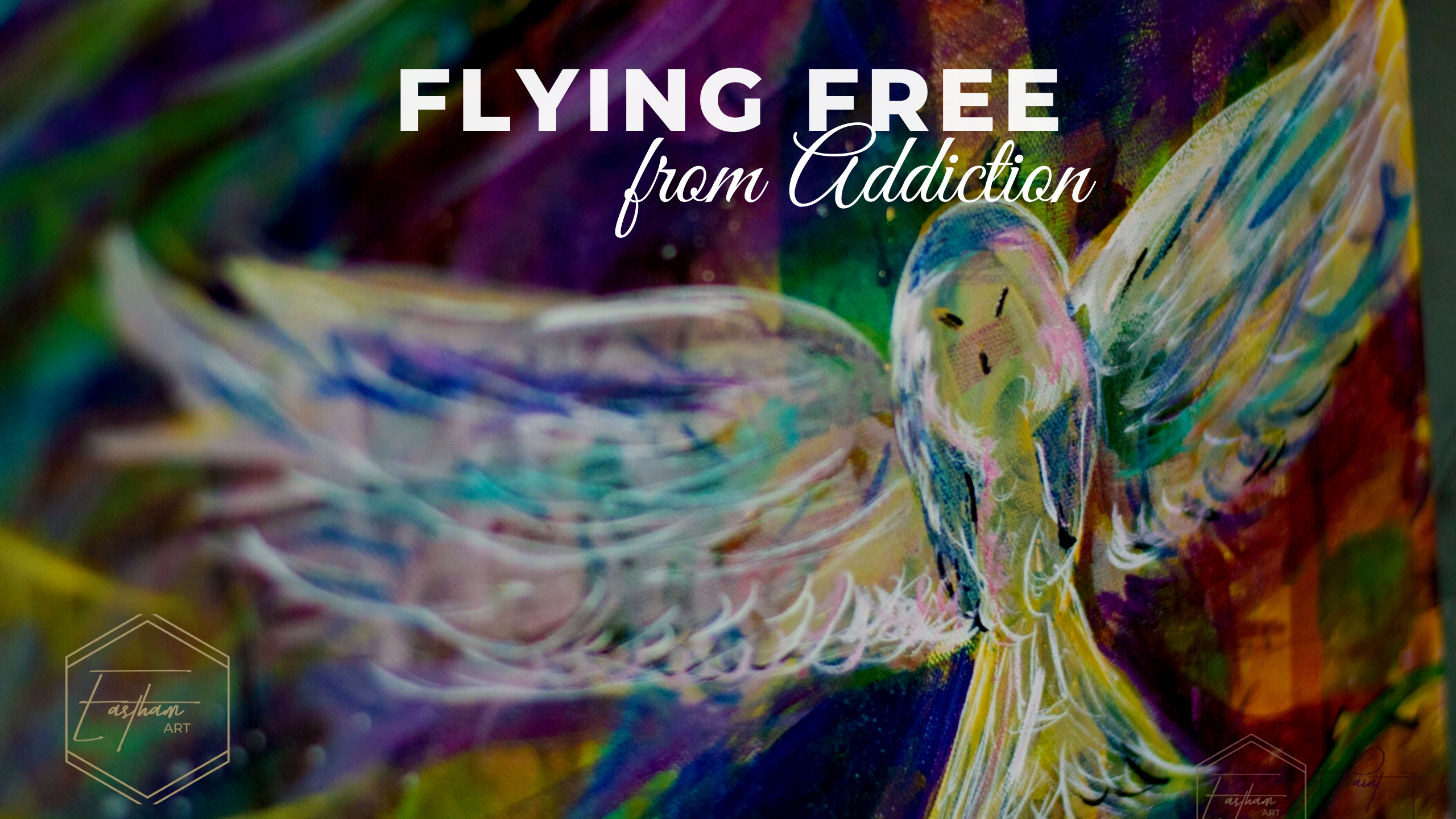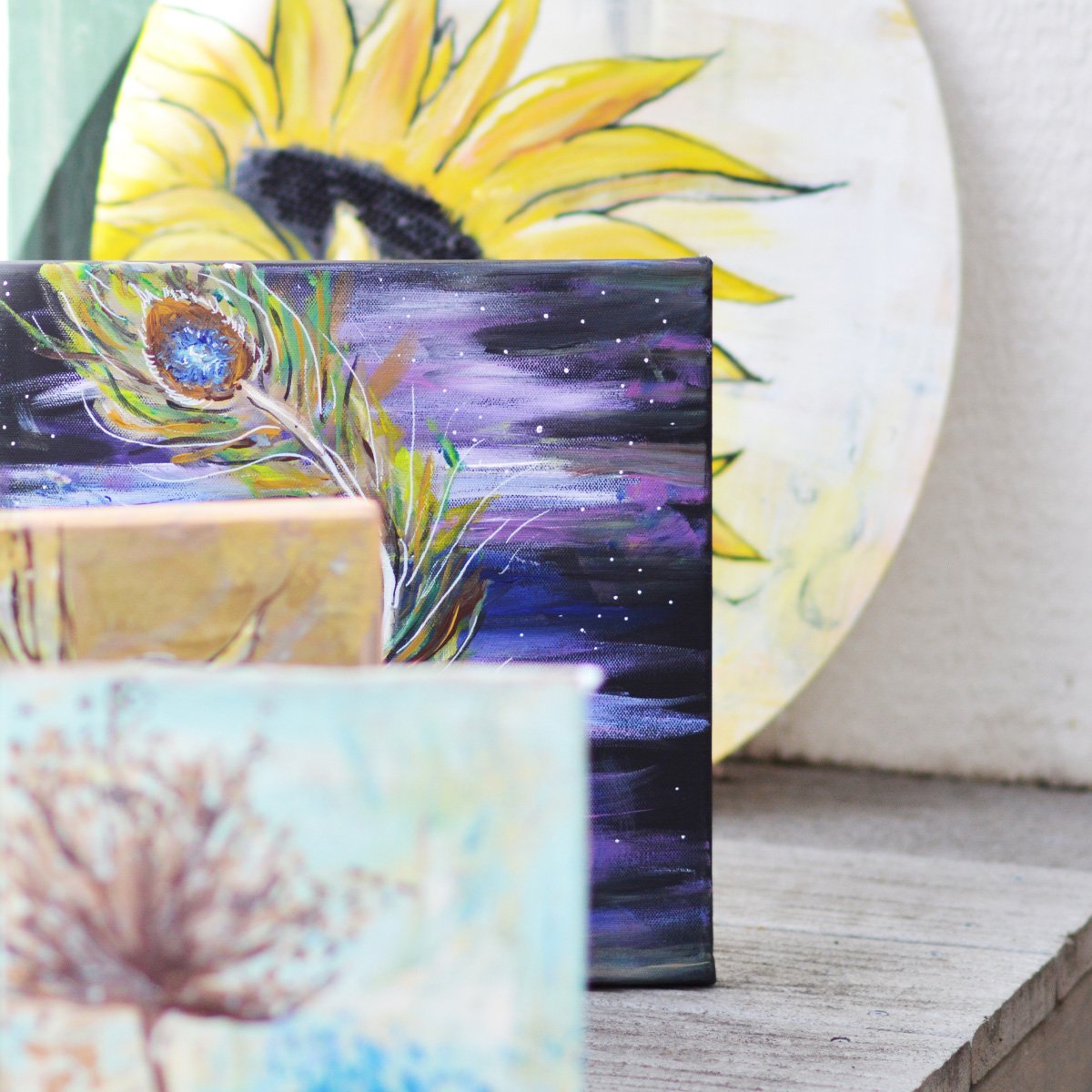Art Can Help Us Uncover the Truth in Our World of Lies
Art has the power to heal and transform. In these challenging times, we need art more than ever as a way of speaking truth to power and uncovering hidden meanings in our world of lies. Art can be used as a way of expressing things that might not be so easy through words alone. With this in mind, art — particularly visual art — can be an effective tool for exploring ideas and creating awareness about important issues. Artists are those who see the world differently from others; they have the ability to look at something and see something different from what is actually there. Artists are thinkers, creators, explorers, risk-takers, truth-seekers… In a word: optimists. They believe that life can be beautiful even when it’s ugly.

What is the role of art in uncovering the truth?
Art uncovers the truth in many ways. First of all, art is a language that brings people together. No matter what culture, language, or background you come from, you can appreciate art and find something in it that speaks to you. Art is a universal language that transcends borders and is able to bring people together. In this way, art is a way of uniting people across the world, bringing them together in a shared experience. Art is a way of communicating ideas and feelings that might otherwise be inaccessible. Sometimes it’s hard to put complex ideas into words — perhaps because they are too big and it feels like we don’t have the right words to explain them. Art can overcome these issues and is a way of expressing things that might not be so easy through words alone. With this in mind, art — particularly visual art — can be an effective tool for exploring ideas and creating awareness about important issues. Artists are those who see the world differently from others; they have the ability to look at something and see something different from what is actually there.
Art as a tool to unmask hidden meanings
Art can be used to unmask hidden meanings, as seen in the work of Tania Bruguera. Bruguera created a work where she invited people to listen to a recording of Fidel Castro’s voice while they lie inside a medical quarantine cot — a bed used for treating contagious patients. Bruguera’s work was made in response to the thousands of people who had left Cuba during the 1980 Mariel Boatlift. The work was created in 2015, when relations between the US and Cuba were slowly being normalized. For Bruguera, it was important to raise awareness about the impact of the Cuban Revolution on people who were being detained and sent back to Cuba during the Mariel Boatlift. Her work highlights a hidden history that’s still relevant today.
Art as a tool to explore ideas and express things that words cannot fully capture
Art can be used to express things that words cannot fully capture. For example, a few years ago, Amy Sall was diagnosed with breast cancer. While undergoing treatment, she created a series of drawings depicting her feelings and emotions. Her work was exhibited in the hospital to provide a space for others to share their experiences and feelings. Although words are powerful tools for expressing emotions, they often don’t meet the needs of those who are going through a challenging time. Sall’s drawings offered a visual dialogue where words fall short. Her drawings were used as a resource to inspire people during their recovery process — beyond words and beyond any cultural or linguistic barriers.
Art as a tool to critique society and point out issues that need to be addressed
Art can be used as a critique of society, revealing issues that need to be addressed. For example, in the 1930s, Mexican artist Diego Rivera produced a series of paintings titled “The Making of a Fresco Showing the Building of a City.” The series of oil paintings depicted the exploitation of peasants and workers in Mexico. Rivera’s fresco series offered a critique of corruption and class divisions in Mexican society at the time. The series was created as a mural in a public space in the National Palace, which allowed the artwork to reach a wide audience. If you’re a visual artist, create work that critiques society and addresses issues that need to be addressed. Consider the following questions: What is going on in the world? What issues need to be addressed? What can art do to speak out? How can you contribute in a meaningful way?
Art as a tool to point out issues that need to be addressed
Art can be used as a tool to point out issues that need to be addressed. For example, in the 1930s, Mexican artist José Guadalupe Posada created a series of etchings with a satirical perspective on corruption in Mexico. In his work, Posada depicted skeletons dressed as government officials, reminding people about the corruption, repression, and inequality in Mexican society. Posada’s work offers a visual critique of a particular time and place. His images reveal issues that need to be addressed and serve as a reminder to use art as a tool to speak out and make people aware of important issues. If you’re a visual artist, create work that points out issues that need to be addressed. Consider the following questions: What is going on in the world? What issues need to be addressed? How can you contribute in a meaningful way?
Conclusion
Art has the power to heal and transform. In these challenging times, we need art more than ever as a way of speaking truth to power and uncovering hidden meanings in our world of lies. Art can be used as a way of expressing things that might not be so easy through words alone. With this in mind, art — particularly visual art — can be an effective tool for exploring ideas and creating awareness about important issues. Artists are those who see the world differently from others; they have the ability to look at something and see something different from what is actually there.
If you are interested in going deeper into the power of art here is a page with some eye opening classes. And here is more information on how art heals.







